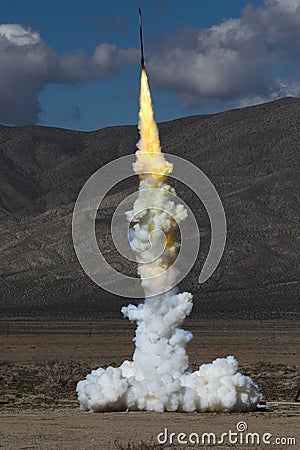AZRxocet
Well-Known Member
- Joined
- Feb 7, 2014
- Messages
- 107
- Reaction score
- 0
Nobody debates the FAA rules for class 1 rocketry...regarding flying rockets without a waiver...they are in plain English. I do however find ambiguity in the term "slow burning propellant".
I think we would all agree BP motors qualify as most Estes type kits fly on those without FAA waiver. Now as far as APCP is concerned...I think again it's fine as Blue Thunder, white lightning, blue streak, green Mohave, redline, etc, etc, even metal storm, dark matter, skid marks and the like (although L1 or higher certification is required) are available in motors containing less than 125g of propellant. Then, I seem to be confused about 2 propellants in particular...the speed demons...VMAX & Warp-9. One could easily argue that these are NOT "slow burning", let's face it, they are, for the most part, controlled explosions. Even their names are indications as to how fast they burn.
However, when you consider that a 1/4 A3 black powder motor burns in 0.25 seconds when compared to a CTI H410 VMAX (yes I know it requires a level 1 cert...but it only contains 75.9 g of propellant) burns in 0.41 seconds...one could argue that the VMAX motor "burns slower" than the BP. I think the FAA Code is fine the way it's written...and I sure hope we don't ever need a written determination on it...just wondering what everyone else thinks.
I think we would all agree BP motors qualify as most Estes type kits fly on those without FAA waiver. Now as far as APCP is concerned...I think again it's fine as Blue Thunder, white lightning, blue streak, green Mohave, redline, etc, etc, even metal storm, dark matter, skid marks and the like (although L1 or higher certification is required) are available in motors containing less than 125g of propellant. Then, I seem to be confused about 2 propellants in particular...the speed demons...VMAX & Warp-9. One could easily argue that these are NOT "slow burning", let's face it, they are, for the most part, controlled explosions. Even their names are indications as to how fast they burn.
However, when you consider that a 1/4 A3 black powder motor burns in 0.25 seconds when compared to a CTI H410 VMAX (yes I know it requires a level 1 cert...but it only contains 75.9 g of propellant) burns in 0.41 seconds...one could argue that the VMAX motor "burns slower" than the BP. I think the FAA Code is fine the way it's written...and I sure hope we don't ever need a written determination on it...just wondering what everyone else thinks.





